Fifty shades of purple
Fifty shades of purple: a rare and special color
Text and Photos by Heather Cline
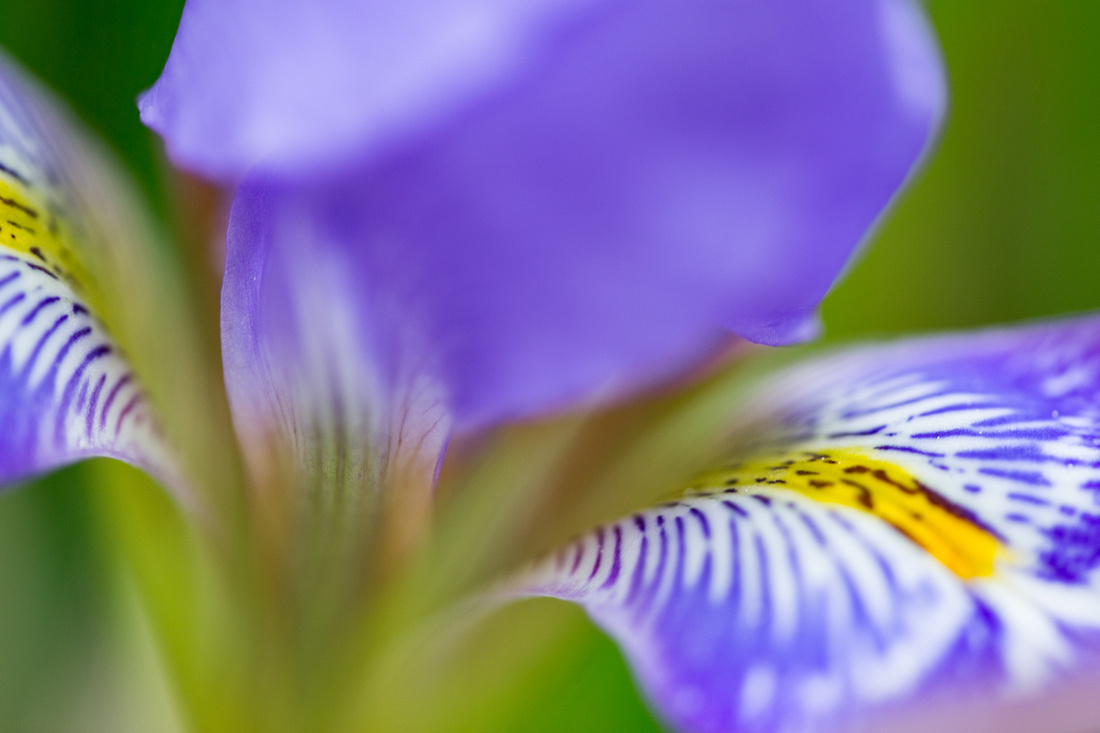  Iris
Iris |
This is my sixth and final article in this series on color. In this article, I’ll provide some history on the color purple, it's meanings or associations, place in design, and in nature.
History
Purple's association with royalty dates back as far as 15th century BC, and was due to the limited availability of purple Tyrian dye extracted from small sea snails. This made it accessible to those with wealth and power and purple become the color of nobility. This changed in the 19th century when a chemistry student accidentally produced a synthetic mauve dye while trying to create a synthetic drug to treat Maleria.
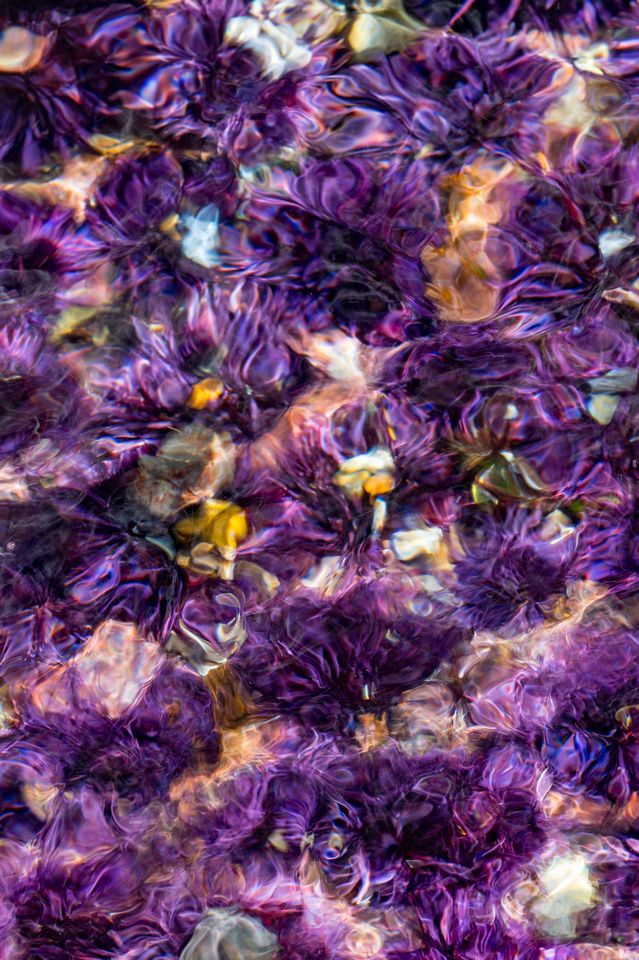  Purple Sea Urchins in tidepool (long exposure)
Purple Sea Urchins in tidepool (long exposure) |
Associations
- Women and femininity. It is said that more women prefer purple than men
- Religion, spirituality, magic, and the supernatural.
- Creativity, because it lies at the end of the visual spectrum
- In Europe and America, purple is associated with vanity, extravagance, and individualism, as it attracts attention.
- The Chinese word for purple, zi, is associated with the North Star.
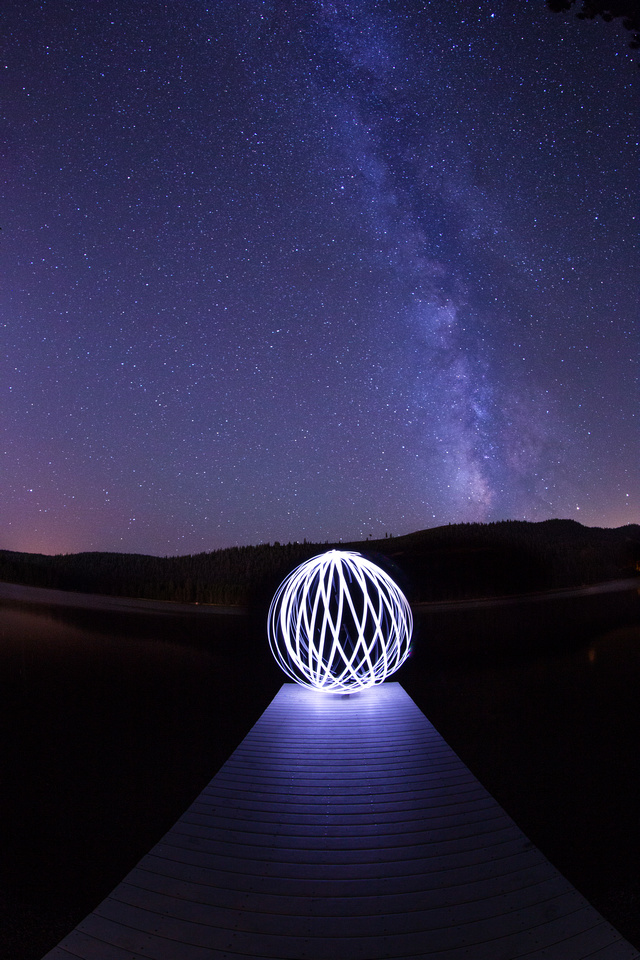  Milky Way
Milky Way |
Design
On the color wheel, purple is the middle point between the warm and cool hues, and can create a different mood depending on what colors it is paired with.
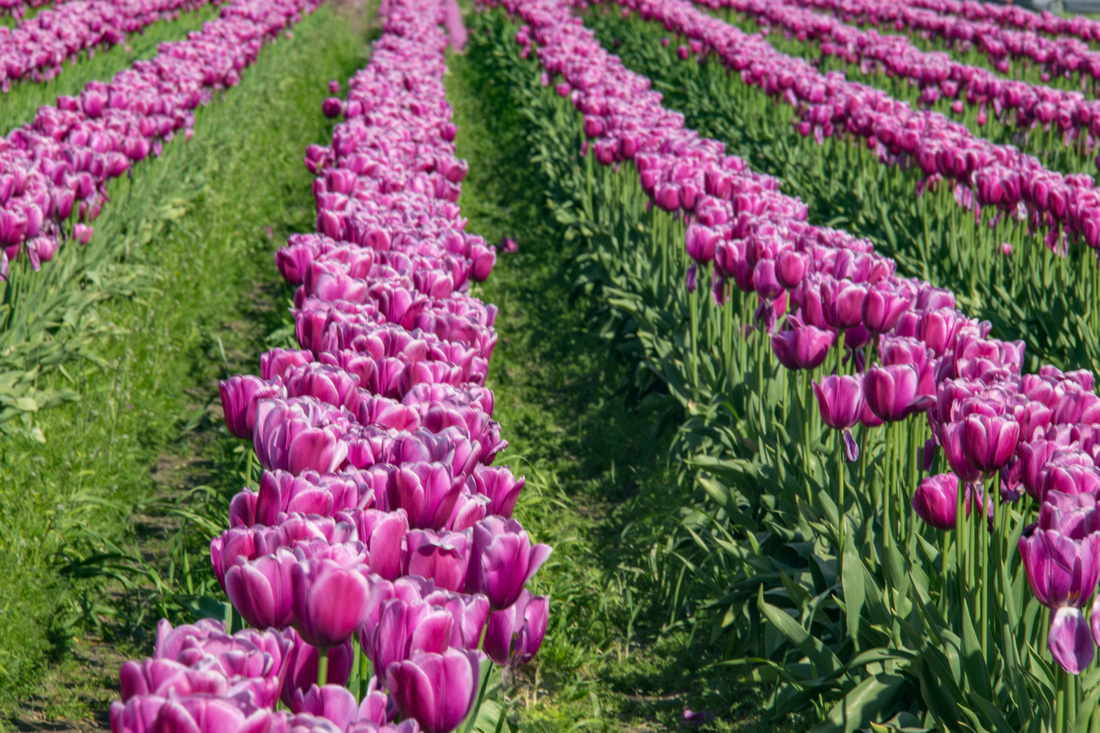  Tulip field
Tulip field |
Yellow and purple are opposite each other on the color wheel, and are often used together in design to represent luxury.
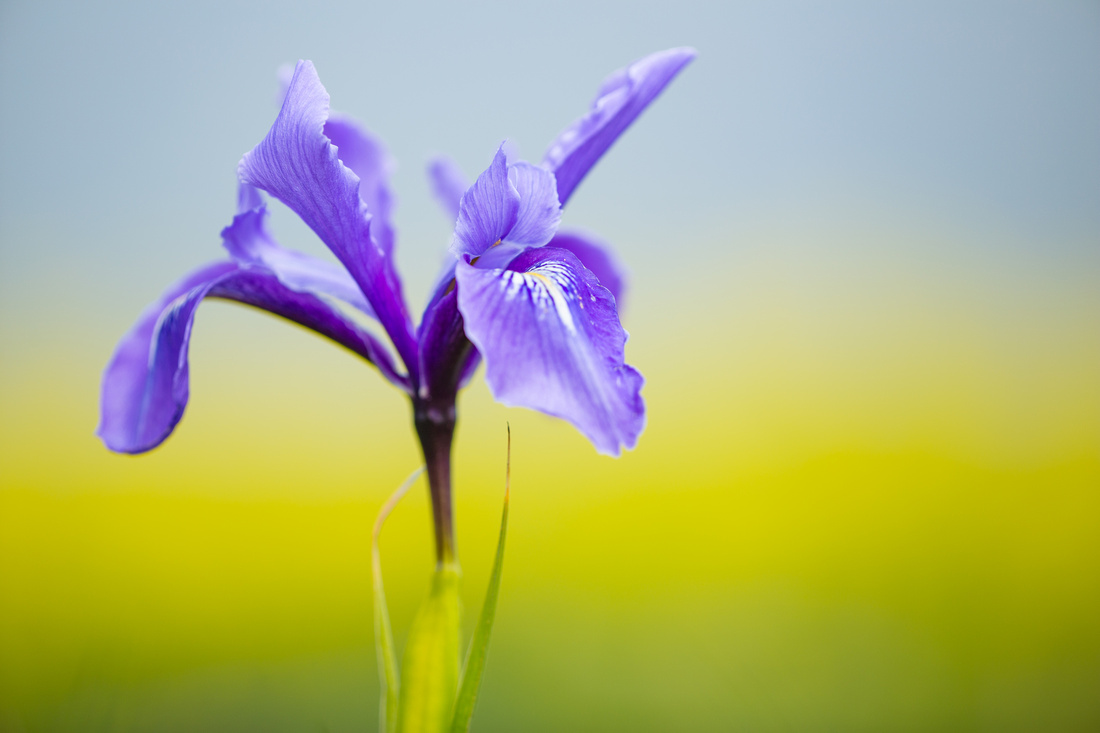  Iris
Iris |
Nature
Purple is a color that rarely appears in nature, and when it does, it appears in small amounts (except for this big pile of starfish)!
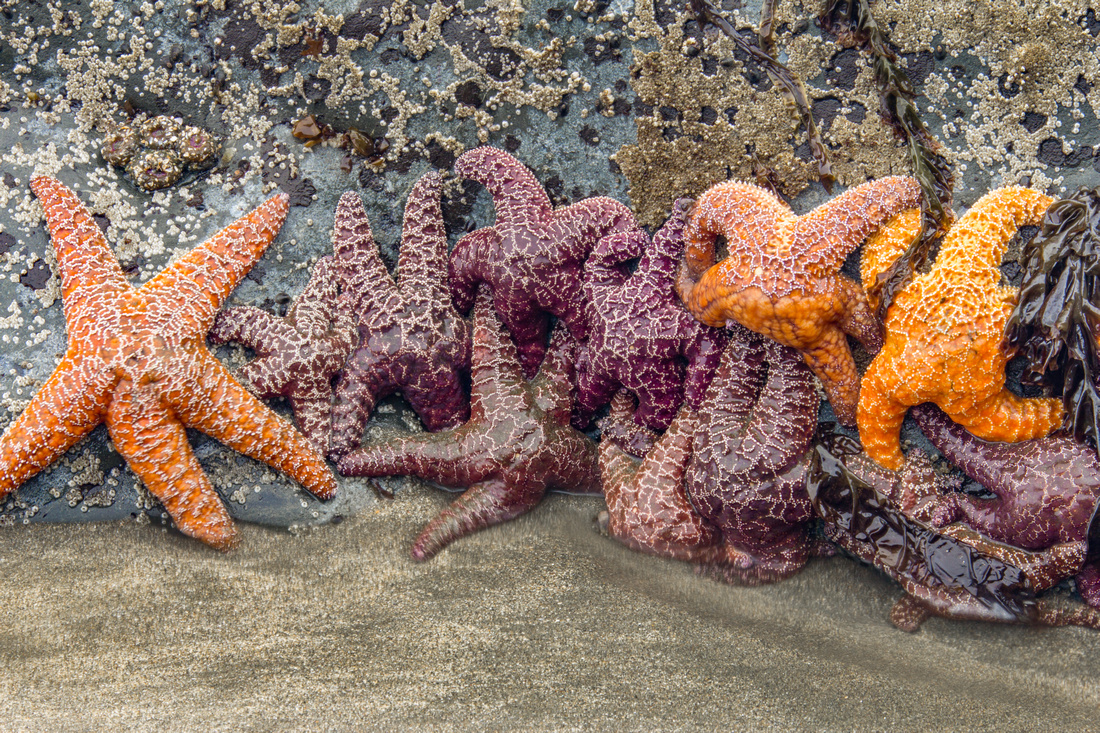  Starfish
Starfish |
The song, "America the beautiful", includes the lyrics "purple mountains majesty" which refers to the color the mountains appear at sunrise and sunset. When sunlight enters the atmosphere at a lower angle, the blue and green light is scattered which make the mountains look purple.
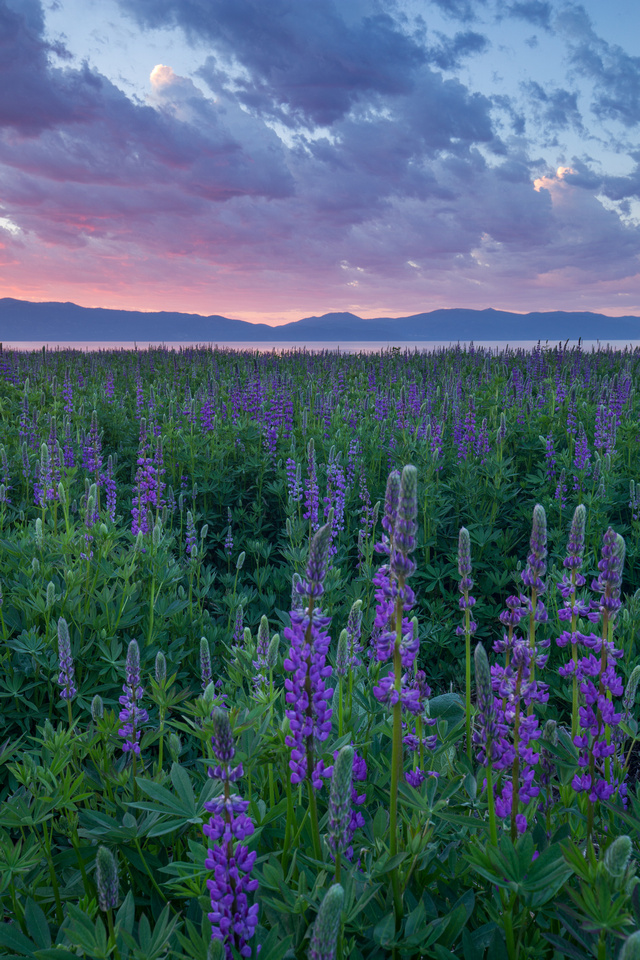  Lupine at sunrise
Lupine at sunrise |
To see more images from my purple gallery, click here.